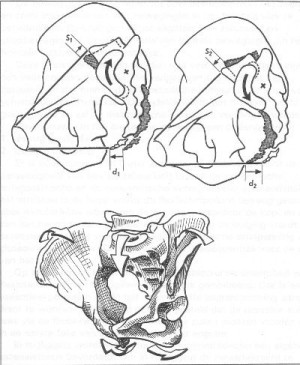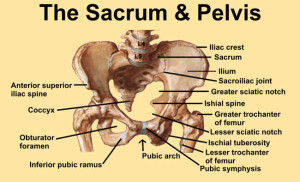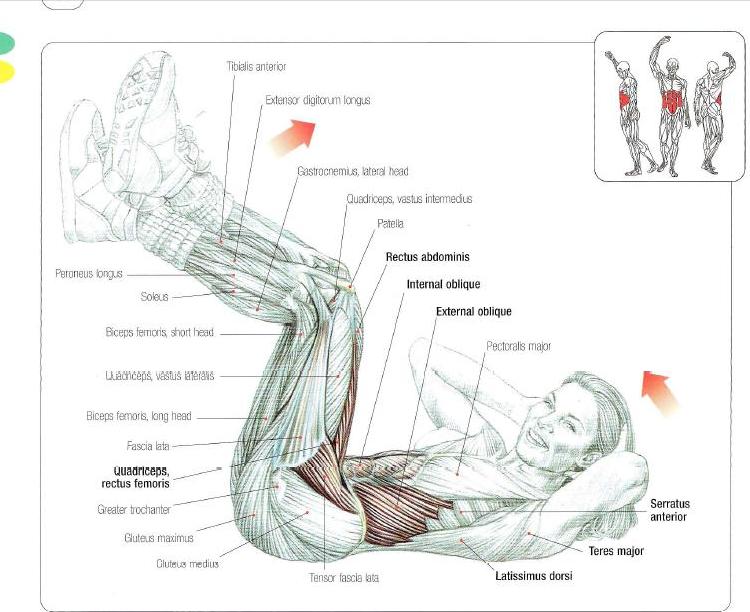Giving a GREAT Pilates class while attending to a myriad of body types and needs.
This post is in response to a very thoughtful question posed on the Skillful Teaching FB page.
Here’s the question:
I desire to be attentive to each and every student and their needs. However, I struggle with the desire to also give a great class to each level attending. How do I let go and give the information but protect each student’s bodies ie) osteoporosis, disk issues, etc while continuing to give the more fit students a great class??
First of all, I have to say this is one of the most common questions I get asked both from my coaching, mentoring teachers and my teachers in training. And it can be one of the toughest things to do, no doubt.
To start us off I thought I’d direct you to a post that I wrote last year on planning for sessions and multi-level classes.
https://skillfulteaching.com//?p=1214
It’s another good resource…
There are, in my experience, a variety of tools one can use to help mitigate the wide range of needs and abilities in a class and some of them are determined by the size of the class.
Know Your Limits & Set Limits
For instance, when I was teaching in a gym situation (20-30 people to a class), we always had the classes designated by levels, but inevitably beginner students would come into an intermediate or advanced level class. My best advance in this situation is to greet every student at the door, or approach your newbies individually before the class starts, and check-in with them. If they are a beginner in a intermediate or higher class you have a responsibility to advise them against taking the class. If they have injuries that cannot be attended to in your class, you have the same responsibility.
You can offer them a complimentary 30 minute session after the class or at another time to help them determine what class would be appropriate or get them started in their practice or you can simply recommend the more appropriate class. THIS IS YOUR OBLIGATION! Be kind and compassionate and gracious, but don”t be afraid to make someone mad or upset. Better mad than hurt!
But onward…
Other ways in which we can be clear about our limits is to set limits. One of the best ways we can attend to the needs of our students while honoring our own ability is to designate class levels or abilities and limit class size.
I know this may seem rudimentary, but many of us find ourselves in situations where we are teaching a larger group than we can successfully or comfortably manage and a class so varied that we can barely do anything with them do to the infinite limitations of the collective group.
Be Prepared
What I find helps me most to create a dynamic class with various levels and/or body types is to be as prepared as possible. Whereas I typically do not pre-plan my classes or sessions any longer, I DO make time to prepare those few classes where I know I have students with specific concerns or issues.
What I do:
- Discuss precautions and concerns with your students who need it beforehand either in private sessions or before class. If you will be introducing a new exercise that will be inappropriate for that student tell them in advance that you will have them do a modification or something else they are familiar with.
- I make sure that every exercise I teach has a strong and appropriate modification that can be given to those who need it. This way I can offer challenge to every level no matter what I am doing and no one is left behind.
- I am succinct in my instruction as to who each exercise variation is appropriate for, setting the students up in advance with necessary props or tools (ie before class even starts!)
- I typically choose a fundamental theme that I want to focus on in advance and make every exercise revolve or come back to this “focus”. This way even if my students are doing variations of the same exercises they are all going as deep as they can.
- Don”t be afraid to choose different exercises for certain students.
- For instance, if someone is doing leg pull up (or sometimes called leg pull back) I can have other students doing bridge. I am never afraid to give students different things to do if I think these different exercises will allow them each to access the same range of motion, strength, flexibility etc.
Examples:
- You have an intermediate group, but one or two people have osteoporosis. You want to do the ab series. So go ahead, but first be explicit about how those students who won’t be flexing up need to work.
- You want to do planking, but you”ve got students On the calendar in the back, he scratched out the best horoscopes with uniform slashes and dots. who have wrist concerns. Demonstrate the challenging variation of planking on the forearms OR just have everyone do it on their forearms. It”s not easier, I’ll tell you that and they should know they are not getting off easy!
Change Your Pace
One of the most successful tools I have ever used is slowing down. No matter how big or small a class is, I have found that I can take a single moment, phase of movement or position and have my students stay in it, explore it with thoughtfulness based on what I am trying to get them to feel or build and they get tremendous results!! They don”t have to be doing the super advanced exercises, go fast or be in flow. All they have to do is stop or slow down and explore a piece more deeply to feel the work in it.
I find that if I have a wide range of abilities or students with specific issues I can choose a movement or phase etc. that is appropriate for all of them and make them work it! slow and deep while I talk to them about finding out in their own bodies what is appropriate, what their own experience is and making it the best they can in their bodies.
This takes the ego out of it for them. It’s no longer a competition, it’s an exploration, everyone on the same page, working to find what’s best in their bodies. I”ve always found this to be profoundly effective and students love it!
Don’t Be Afraid
I know many teachers advise against specifically calling out students who need corrections or more help or assistance, but I think there is no better thing you can do in a class situation. You have a strong desire to give your students something great and they want to work hard for you. They will almost always over perform in order to prove that they can either to you, themselves, or the person next to them. I believe it’s important to talk to each student directly about what is appropriate and what you expect of them even in the middle of class!
How do you do this?
- Be specific
- Use their names
- DO NOT point out their limitation direction (“Kathy, you can”t do this because your neck is weak.”)
- Use humor
- Make it interesting and important what you are asking them to do.
- Get them to see the correction, modification/variation as a challenge or a way to go deeper into their particular body.
- Instead of shouting out their name across the room, kneel down close to a student who might be more self-conscious and whisper their personal instructions to them.
- Say it with kindness and compassion
- Say it with the knowledge that this will get them where they need to go.
- Walk up and offer a prop without saying anything at all. Just offer a smile.
Examples:
- “Kathy, I want you to do this with feet on the floor and head down focusing on that deep ab connection.”
- “Mike, go ahead and lower your head but add a leg lower and lift here as long as you can keep your neck at ease…I’m watching you!”
- “Sarah, it’s fine for you to take this to the next level and lift both legs.”
- “Karen, I want you to see if you can find that deep pelvic stability with only one leg up. Then switch.”
- “Bob, come into bridge instead and work to go deeper into your hamstrings. You can even lift your heels.”
- “Christina, in order to facilitate that connection to shoulder stability I want you to see how deep you can go into your abs without curling up and keeping your neutral spine.”
Trust What You Know
Here’s the thing: You know you want everyone to feel great! You know you want each and every one of your students to succeed and get what they need out of your class. And you know they trust you. Now you have to trust yourself. If you exude intention, your students will go where you lead them knowing that they are in good hands!
Make changes midstream, talk about what you’re doing and why your’e doing it, help your students to see that they can go deeper and get stronger with any exercise and with any limitation with your guidance.
Don’t be afraid to trust your training, your knowledge and intuition.
Tell your students why you”re doing what you”re doing. Be the boss. Love them, love what you do, teach with your heart and a firm plan and you will not fail them and you will not fail yourself.
And when in doubt, it’s okay to not know. Use moments of uncertainty or stuckness to say “I’m going to figure out the best way for you to do that exercise and strengthen your body just where you need it.” You can say this during class or after class in a private conversation. You can also say “Suzie, for now I want you to rest, but next week I”ll have a great replacement exercise for you that will take you even deeper.”
This topic could go on and on and I am happy, happy to continue to discuss it. If you have specific questions or need guidance with a certain issue or situation JUST LET ME KNOW. Comment below and I”ll respond directly.
With gratitude,
Chantill




 How are you showing up? Why are you showing up? Why do you teach? What IS teaching? Why do you care? This is Skillful Teaching: A Whole-person approach to being an expert teacher, not an expert technician. There's a difference. Want to know what it is?
How are you showing up? Why are you showing up? Why do you teach? What IS teaching? Why do you care? This is Skillful Teaching: A Whole-person approach to being an expert teacher, not an expert technician. There's a difference. Want to know what it is?